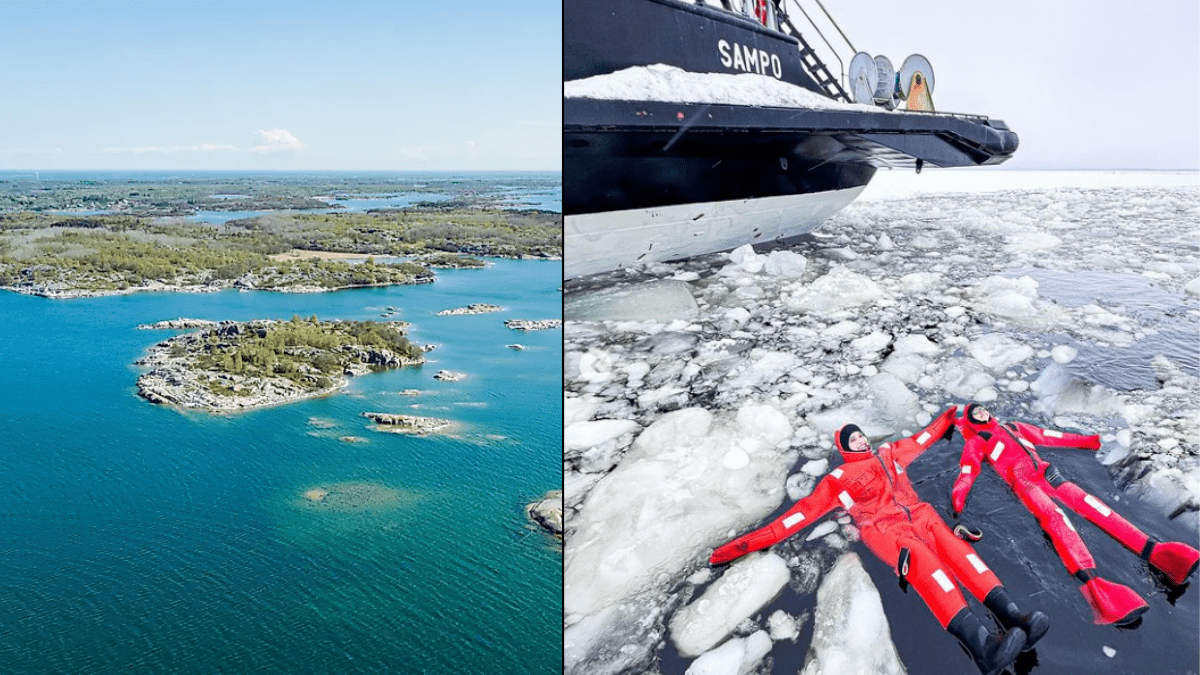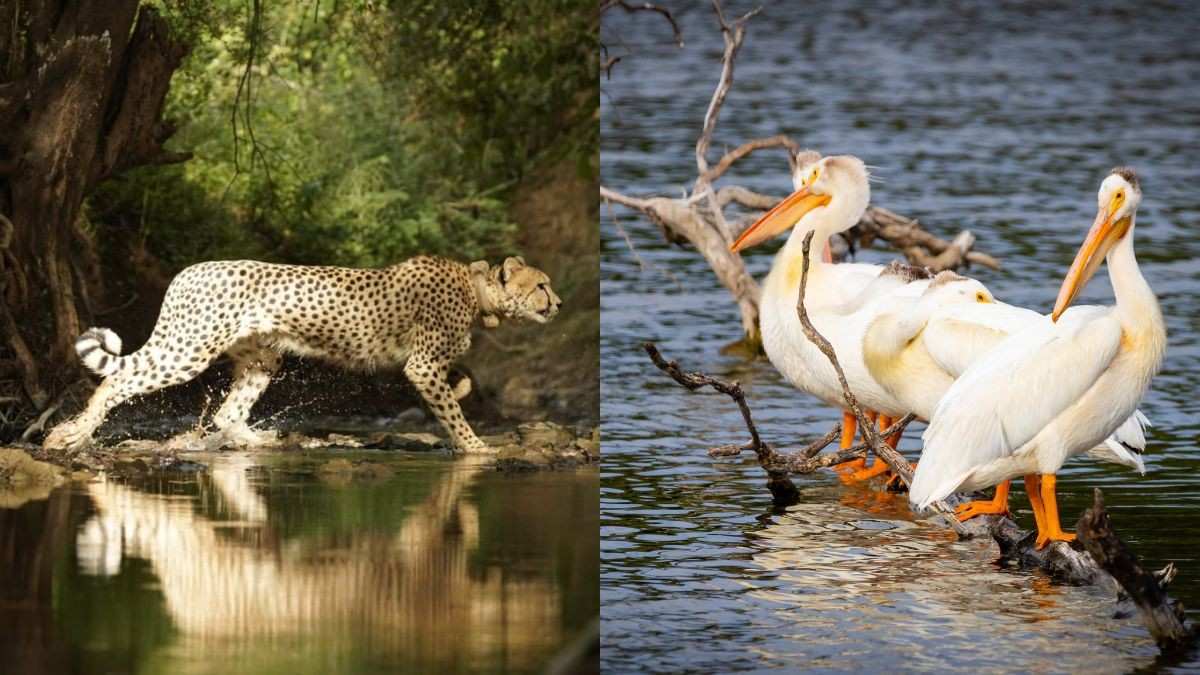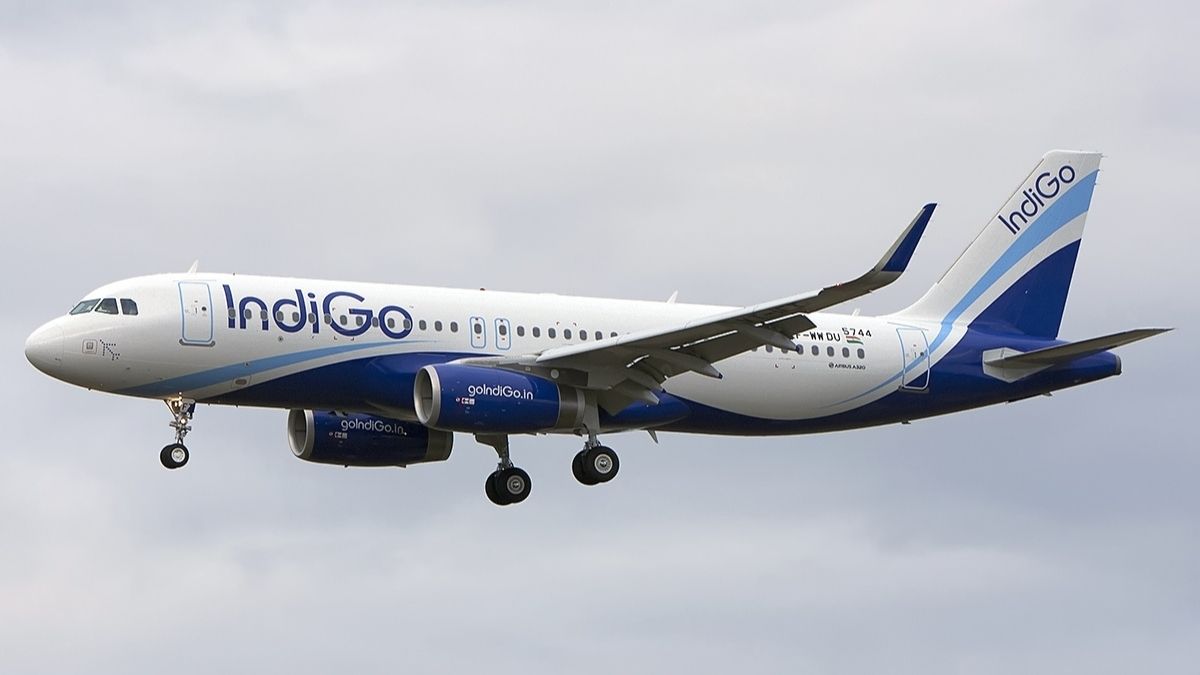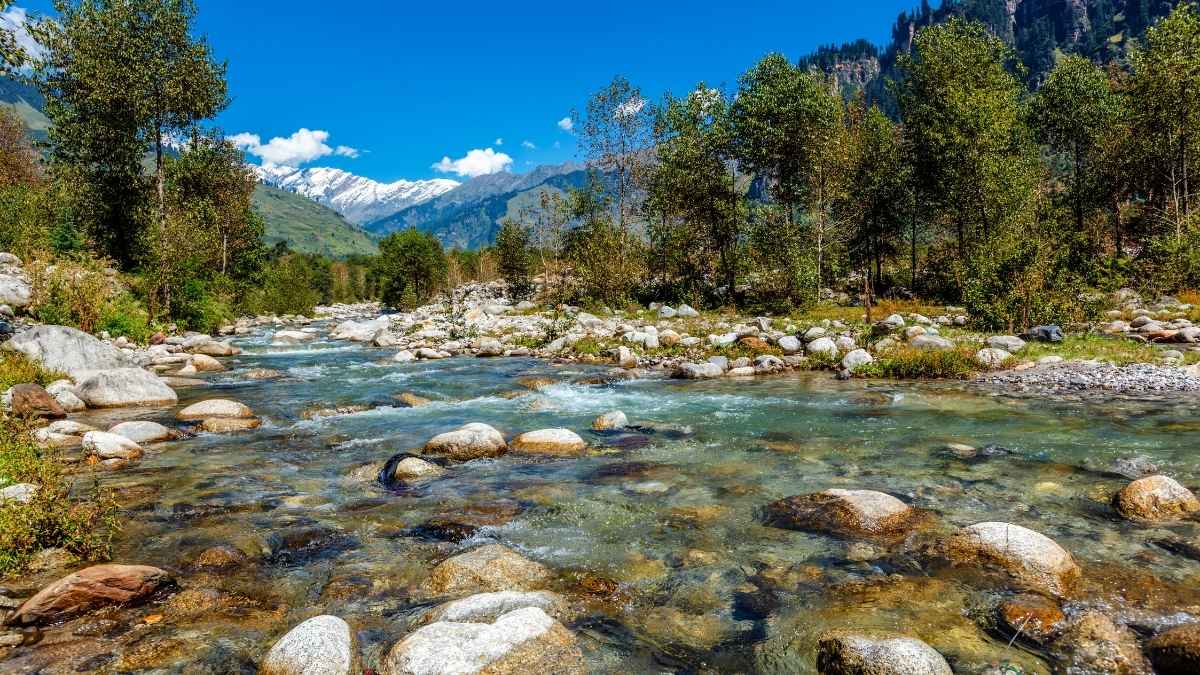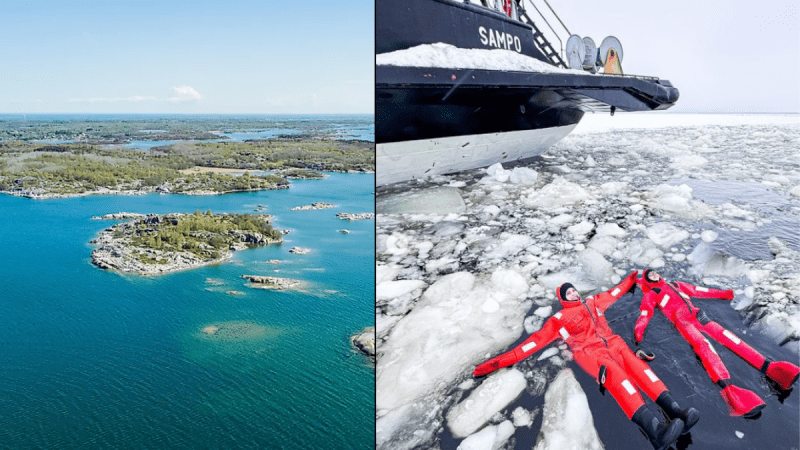Nestled between Finland and Sweden, the Gulf of Bothnia forms the northernmost extension of the Baltic Sea. Stretching for roughly 725 kilometres and spanning an area of 117,000 square kilometres, this waterway serves as a vital link between the two Scandinavian nations.
A Sea Divided
Islands in the frozen-over Gulf of Bothnia, off the Swedish coast.#whywefly pic.twitter.com/HiBMEVvZkY
— Nicolaus (@RateMyCRM) March 20, 2023
The Gulf can be broadly divided into two parts: the Bothnian Bay in the north and the Bothnian Sea to the south. Separating these sections is the shallow Kvarken Strait, which experiences fascinating geological phenomena. Due to post-glacial rebound, the landmass here is steadily rising from the sea at a rate of around 8 millimetres per year. This means that in a couple of thousand years, the Kvarken area could transform into dry land, effectively splitting the Gulf of Bothnia into a southern gulf and a northern freshwater lake.
The Gulf’s depths vary considerably. While its central areas can reach up to 295 metres, the average depth is a much shallower 60 metres. This shallowness, coupled with the influx of freshwater from numerous rivers like the Torne and Kemijoki, influences the Gulf’s salinity levels. The northern parts, especially during winter, experience periods of ice cover, creating a unique and sometimes challenging environment for maritime activities.
Culture And Commerce In Gulf Of Bothnia
View this post on Instagram
Despite the cold waters, the Gulf of Bothnia teems with life. Fish populations like herring, salmon, and cod are commercially important, while the archipelagos that dot the coastline provide shelter for marine mammals and seabirds. Interestingly, the Bothnian Bay is home to a unique freshwater seal subspecies, the Saimaa seal, classified as critically endangered.
Beyond its ecological significance, the Gulf of Bothnia boasts a rich cultural heritage. Bustling port cities like Luleå in Sweden and Oulu in Finland have thrived due to maritime trade for centuries.
Also Read: 6 Artificial Islands In Gulf Countries That Are Absolutely Goregeous
Today, the Gulf of Bothnia remains a crucial artery for commerce. Icebreaker ships help maintain access throughout the year, enabling the passage of cargo vessels carrying everything from timber and minerals to manufactured goods. The scenic beauty of the coastline, with its archipelagos and historic towns, also attracts tourists seeking outdoor adventures and cultural experiences.
Cover Image Courtesy:@kamiya_jani/ Instagram, Canva
For more such snackable content, interesting discoveries and the latest updates on food, travel and experiences in your city, download the Curly Tales App. Download HERE. First Published: April 05, 2024 6:30 AM
